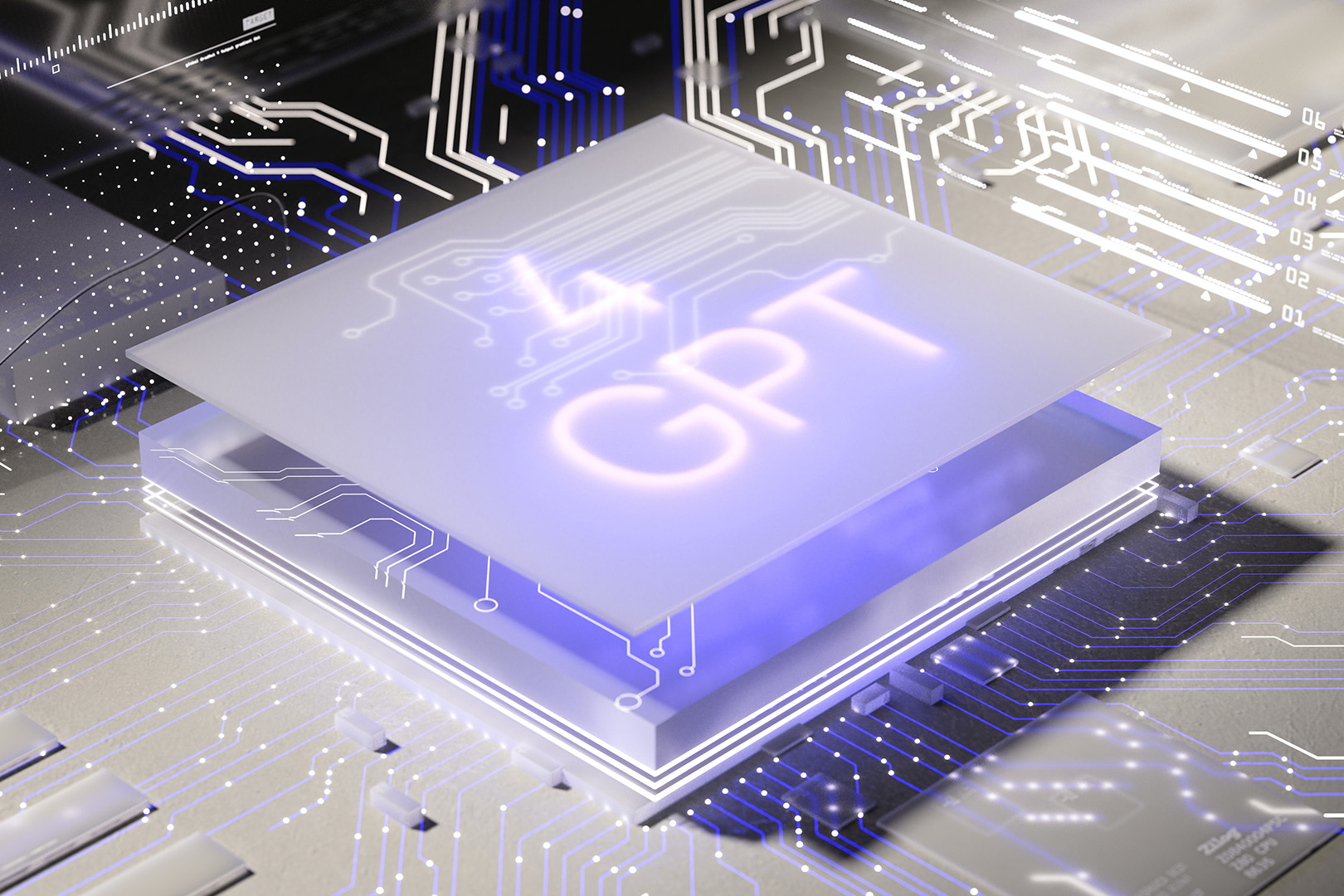
The American judiciary is supposed to be the last refuge for those seeking justice, a place where the rule of law reigns supreme, immune from political games and corporate influence.
But in reality, it’s a rigged system, tilted in favor of powerful multinational corporations and indifferent to the struggles of startups, inventors, and everyday Americans.
If you need proof, just look at what happened when U.S. District Judge James Boasberg issued a temporary restraining order (TRO) blocking the Trump administration’s deportation efforts. The reaction from the political and judicial elite perfectly illustrates the hypocrisy rotting our legal system from the inside out.
Donald Trump, never one to mince words, took to his social media platform, Truth Social, to call out Boasberg: “This judge, like many of the Crooked Judges I am forced to appear before, should be IMPEACHED!!!”
Chief Justice John Roberts swooped in with a self-righteous lecture about judicial independence: “For more than two centuries, it has been established that impeachment is not an appropriate response to disagreement concerning a judicial decision. The normal appellate review process exists for that purpose.”
Roberts would have us believe that the appellate courts are a perfect safeguard against bad rulings, ensuring fairness and accountability. But for those of us who have actually fought in the trenches of the legal system—particularly in patent cases before the U.S. Court of Appeals for the Federal Circuit (CAFC)—his words are drenched in hypocrisy.
The CAFC doesn’t correct errors. It rubber-stamps them using Rule 36, a procedural gimmick that lets it uphold lower court rulings without providing any explanation. So much for “the normal appellate review process.”
Roberts is right about one thing: impeachment isn’t generally the right way to handle bad judicial decisions. But his claim that appellate review is the solution is laughable. The CAFC has turned the appeals process into a sham by routinely issuing Rule 36 affirmances, which allow them to uphold lower court and administrative tribunal decisions without writing a single word of justification. Imagine pouring years of your life, millions of dollars, and everything you’ve worked for into a legal battle—only to get back one word, “Affirmed.” No reasoning. No analysis. No transparency.
The Case of ParkerVision v. TCL: The CAFC’s Dirty Secret
If you need an example of how corrupt this system has become, look no further than ParkerVision v. TCL Industry Holdings. ParkerVision, a technology company that invented critical dual-use communications technology, spent years fighting to protect its patents against Chinese telecom giant TCL. The Patent Trial and Appeal Board (PTAB), a corrupt administrative tribunal that invalidates 84% of the patents it fully adjudicates, of course, invalidated two of ParkerVision’s patents. And the PTAB did so after two earlier proceedings settled indicating that the patents are valid and enforceable. Yet another example of PTAB soaking people for duplicate fees. Where is quiet title? Why should PTAB get paid and bonuses for doing the same work again and again?
ParkerVision appealed to the CAFC, hoping that the appellate court would do its job and review the case. After all, a patent is a private property right that cannot be taken by an administrative tribunal. Doing so violates due process and the separation of powers. The only way to get this system to the gates of the due process ballpark is to have a federal court review PTAB invalidations and write an opinion.
But that is not how it works in the Roberts court. Like half of the appeals to the CAFC, the CAFC issued a Rule 36 affirmance in ParkerVision’s case, meaning they upheld the lower court’s ruling without providing any explanation other than one word, “Affirmed.”.
That left ParkerVision with no viable legal recourse, so it took its fight to the Supreme Court, arguing that the CAFC is mandated by 35 U.S.C. § 144 to provide a written opinion when deciding appeals from the PTAB.
A Rule 36 one-word affirmance is not a written opinion. It means the CAFC found no reversible error in the PTAB’s decision. The CAFC’s own written, precedential opinion on Rule 36 affirmances of PTAB decisions says that the CAFC does not explicitly approve, adopt, or validate the reasoning behind the PTAB decision.
This is a worse result than no appeal at all. It creates significant legal uncertainty because a Rule 36 affirmance says nothing about the legal reasoning of the PTAB and whether that reasoning is correct, leaving future litigants, the PTAB, patent examiners, and lower courts without guidance to take corrective action. If there were multiple legal arguments in dispute, it does not clarify which, if any, were correct. Moreover, the Supreme Court is not likely to grant a cert petition on a case lacking a written decision because there is no opinion to correct.
Not surprisingly, the Supreme Court refused to hear ParkerVision’s cert petition, effectively rubber-stamping the CAFC’s rubber-stamp.
Is this the “normal appellate review process” that Roberts wants us to trust?
For inventors, small businesses, and individuals fighting against corporate behemoths, this is a death sentence. It means that even if the lower court or the PTAB gets it completely wrong, even if there’s a clear miscarriage of justice, the CAFC can silently wave the case away without lifting a finger. And because the Supreme Court almost never takes up cases that have been decided via Rule 36, the CAFC’s decision becomes final—no explanation, no accountability, no justice.
The Hollow Promise of an Appeals Process That Doesn’t Exist
Roberts’ claim that appellate review is the answer to bad judicial decisions is downright insulting when you consider how the CAFC operates. The entire purpose of an appellate court is to correct mistakes, clarify the law, and ensure justice is served. But when Rule 36 is used, none of that happens. The CAFC’s refusal to provide written opinions means that litigants have no idea why they lost. It means that errors go uncorrected. It means that the law remains vague, inconsistent, and easily manipulated by multinational corporations, including those controlled by the Chinese Communist Party, like TCL.
And let’s be clear—this isn’t some minor procedural issue affecting a handful of cases. Rule 36 is used all the time to kill appeals without explanation. If you’re a small business owner fighting against a multinational corporation that stole your intellectual property or an individual trying to hold a government agency accountable, you’re up against a system designed to silence you.
Selective Outrage and Convenient Blindness
Roberts was quick to condemn Trump’s attack on Boasberg, framing it as a dangerous threat to judicial independence. But where is his outrage over the CAFC’s abuse of Rule 36? Where is his concern for the thousands of litigants whose appeals are dismissed with no explanation?
It’s easy for Roberts to wag his finger at Trump’s rhetoric. It’s a lot harder to confront the systemic failures within his own judiciary. But until the Supreme Court steps in to stop Rule 36 abuse, the idea that appellate review is a meaningful check on judicial errors is nothing more than a lie.
The System Is Rigged, and Roberts Knows It
If we want a legal system that actually serves the people rather than the powerful, the Roberts court needs to enforce the law as Congress wrote it in 35 U.S.C. § 144 and mandate written opinions for all CAFC decisions. If the CAFC is going to uphold a ruling, it needs to explain why.
Justice Roberts can talk all he wants about judicial independence, but his words mean nothing if the CAFC continues to deny people their right to a real appeal. Rule 36 is a tool of multinational corruption, a way for the courts to protect bad decisions and avoid accountability.
If the judiciary wants to restore trust, it must stop hiding behind procedural gimmicks. Otherwise, Roberts’ noble speeches about judicial integrity will remain exactly what they are—empty words from a system that has abandoned the very people it was meant to serve.
Paul Morinville is Founder and Executive Director of SPARK Innovation. SPARK Innovation strives to create an policy environment where the conception, protection, and commercialization of technologies critical to our economic and national security prosper thereby enabling the United States to take back the global technological lead from China. Paul is an inventor and has been an executive at multiple technology startups including computer hardware, enterprise middleware, video compression software, artificial intelligence, and medical devices, and has licensed patents in the U.S. and China.







Keep some hope alive Paul – I have a pending Supreme Court petition looking to shoot down Rule 36 on the grounds that it allows PTAB to decide the patent law when that is the job of Article III courts, like the Federal Circuit. See, https://www.newswise.com/articles/norris-mclaughlin-p-a-s-patent-attorneys-call-for-supreme-court-to-restore-its-prior-art-enablement-standard-and-reject-an-impermissibly-lowered-standard. Maybe you can plug it so folks can stay tuned. The SCOTUS denial of Parkervision’s petition has no impact on my client’s petition, which is the only one to date that raises this Rule 36 issue in the context of Loper Bright (no Chevron deference).
Many lawyers told me there was no need to support my client’s petition because Parkervision’s paper was “in the bag,” but maybe, just maybe, lawyers can stop being egomaniacs and use a bit of common sense and realize that helping my client’s petition can help all of their future clients, assuming they are actually looking out for their future clients and not just running up bills and moving on from there. That’s my piece and thank you for reading my comments on yours.
Well…
Judges are lawyers. Most of them, anyway.
Keep some hope alive Paul – I have a pending Supreme Court petition looking to shoot down Rule 36 affirmances in the context of affirmances of PTAB decisions on the grounds that it allows PTAB to decide the patent law when that is the job of Article III courts, like the Federal Circuit. See, https://www.newswise.com/articles/norris-mclaughlin-p-a-s-patent-attorneys-call-for-supreme-court-to-restore-its-prior-art-enablement-standard-and-reject-an-impermissibly-lowered-standard. Maybe you can plug it so folks can stay tuned. The SCOTUS denial of Parkervision’s petition has no impact on my client’s petition, which is the only one to date that raises this Rule 36 issue in the context of Loper Bright (no Chevron deference).
Many lawyers told me there was no need to support my client’s petition because Parkervision’s paper was “in the bag,” but maybe, just maybe, lawyers can stop being egomaniacs and use a bit of common sense and realize that helping my client’s petition can help all of their future clients, assuming they are actually looking out for their future clients and not just running up bills and moving on from there. That’s my piece and thank you for reading my comments on yours.